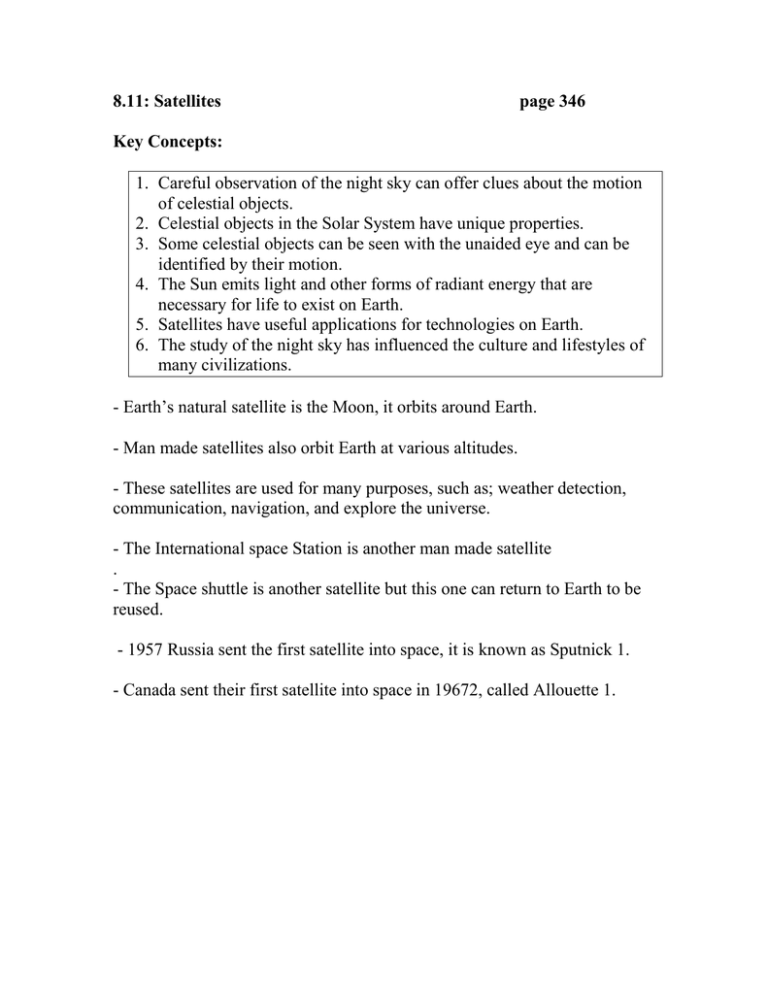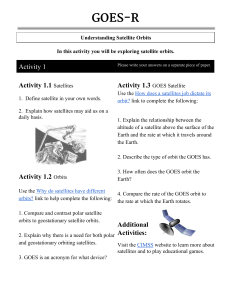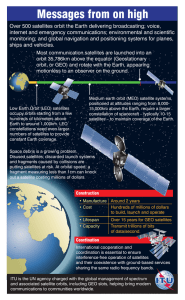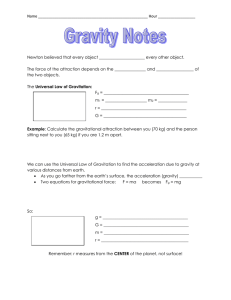8.11: Satellites page 346 Key Concepts:
advertisement

8.11: Satellites page 346 Key Concepts: 1. Careful observation of the night sky can offer clues about the motion of celestial objects. 2. Celestial objects in the Solar System have unique properties. 3. Some celestial objects can be seen with the unaided eye and can be identified by their motion. 4. The Sun emits light and other forms of radiant energy that are necessary for life to exist on Earth. 5. Satellites have useful applications for technologies on Earth. 6. The study of the night sky has influenced the culture and lifestyles of many civilizations. - Earth’s natural satellite is the Moon, it orbits around Earth. - Man made satellites also orbit Earth at various altitudes. - These satellites are used for many purposes, such as; weather detection, communication, navigation, and explore the universe. - The International space Station is another man made satellite . - The Space shuttle is another satellite but this one can return to Earth to be reused. - 1957 Russia sent the first satellite into space, it is known as Sputnick 1. - Canada sent their first satellite into space in 19672, called Allouette 1. Staying in Orbit - Gravity should pull these satellites down to Earth, but it does not. - The forward motion is equal to the gravitational pull of Earth therefore the satellites stay in their orbits. - If the forward motion is greater then the gravitational pull, the satellite will continue out into space. Types of Orbits Low Earth Orbit Satellites Medium Earth Orbit Satellites Geostationary Orbit Satellites Check Your Learning Questions 1 – 9, page 351 In Summary: - Many countries, including Canada, have launched artificial satellites into Earth orbit to study Earth and objects beyond Earth. - Objects need to be sent into orbit with enough velocity to avoid being pulled back to Earth’s surface by gravity. - Different types of orbit (low, medium, and geostationary), are categorized based on the satellite’s altitude. - Satellites have many different applications for technologies on Earth, such as; satellite television, and global positioning systems.






